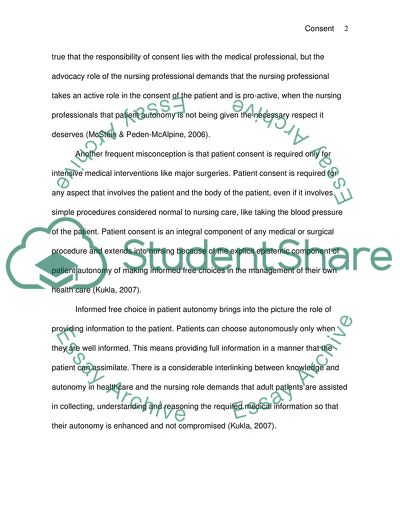Cite this document
(Consent to Surgery or Other Procedures, and to Care Literature review, n.d.)
Consent to Surgery or Other Procedures, and to Care Literature review. Retrieved from https://studentshare.org/medical-science/1711339-consent-to-surgery-or-other-procedures-and-to-care
Consent to Surgery or Other Procedures, and to Care Literature review. Retrieved from https://studentshare.org/medical-science/1711339-consent-to-surgery-or-other-procedures-and-to-care
(Consent to Surgery or Other Procedures, and to Care Literature Review)
Consent to Surgery or Other Procedures, and to Care Literature Review. https://studentshare.org/medical-science/1711339-consent-to-surgery-or-other-procedures-and-to-care.
Consent to Surgery or Other Procedures, and to Care Literature Review. https://studentshare.org/medical-science/1711339-consent-to-surgery-or-other-procedures-and-to-care.
“Consent to Surgery or Other Procedures, and to Care Literature Review”. https://studentshare.org/medical-science/1711339-consent-to-surgery-or-other-procedures-and-to-care.


